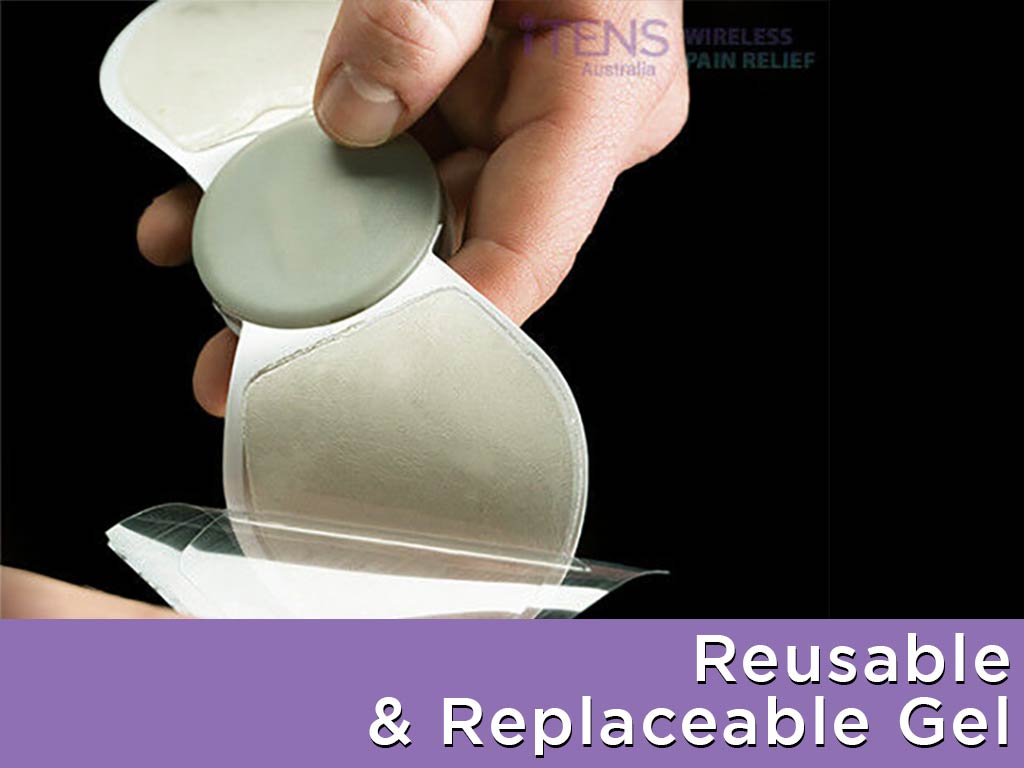
TENS for sciatica involves the application of low-voltage electrical currents to the skin via electrodes placed over the affected area. This non-invasive technique aims to alleviate sciatic nerve pain by modulating pain signals, stimulating endorphin release, and promoting circulation. Transcutaneous Electrical Nerve Stimulation (TENS) units offer adjustable settings to tailor the intensity and frequency of electrical impulses. However, people should consult a healthcare professional before use to determine its suitability and proper application.
Sciatica causes pain along the sciatic nerve, which runs from the lower back down the back of each leg. This condition can greatly impact a person’s daily routine, making it difficult to perform simple tasks. Moreover, a variety of factors, including herniated discs, spinal stenosis, muscle imbalances, and pregnancy, can cause sciatica. Therefore, prioritising the search for pain relief becomes crucial. This article will present how TENS provide relief from sciatica pain, including its proper usage and safety guidelines.
How TENS For Sciatica Helps Improve Pain
TENS for sciatica works by delivering electrical pulses through electrode pads that are placed on the skin near the pain area. These electrical currents stimulate the nerves, interfering with the pain signals and potentially blocking them from reaching the brain. By reducing the sensation of pain, individuals with sciatica can experience a significant improvement in their quality of life.
Additionally, TENS has demonstrated the ability to trigger the release of endorphins, which are the body’s natural pain relievers. These endorphins help in alleviating the acute pain associated with sciatica, providing individuals with a much-needed respite. Moreover, TENS can also improve circulation to the affected area, helping to reduce muscle tension and promoting healing.
Furthermore, individuals seeking alternatives to medication or invasive procedures can find TENS particularly beneficial. This therapy offers customisation, allowing users to adjust the intensity and frequency of electrical currents based on their comfort levels. Overall, TENS therapy can offer a safe and non-invasive method to manage sciatica pain.
Potential Side Effects
- Skin irritation: TENS may cause skin redness, irritation, or discomfort at the electrode placement sites.
- Muscle twitching: some individuals may experience involuntary muscle twitching or contractions during TENS sessions.
- Allergy: allergic skin reactions to the electrode pads, such as itching or rash, can occur.
- Electrode burns: improper placement or high-intensity settings may lead to electrode burns on the skin.
- Discomfort or pain: TENS sessions might cause discomfort, pain, or a tingling sensation during stimulation.
- Fatigue: prolonged TENS use could result in muscle fatigue or temporary weakness.
- Interference with devices: TENS signals might interfere with electronic devices like pacemakers or defibrillators.

How To Operate TENS For Sciatica
To operate a TENS for sciatica relief, the user should start by cleaning and drying the area. The device should be turned off prior to attaching the electrodes to the skin. Proper electrode placement, following the manufacturer’s instructions, is crucial to ensure effective pain relief. Once the electrodes are in position, people can proceed to switch on the TENS unit.
Once the TENS unit is activated, the user should adjust the settings based on their comfort level. Most TENS devices grant control over the intensity, frequency, and duration of the electrical pulses. It is advisable to start with low intensity and gradually increase it so the user feels a tingling sensation. The aim is to alleviate sciatic pain without causing any discomfort.
During TENS unit use, individuals can perform light activities or find a comfortable position to relax in. Experts recommend sessions of around 20-30 minutes, with the option for multiple sessions throughout the day as needed. After each session, the user should turn off the device and gently remove the electrodes. Additionally, it is advisable to regularly maintain the electrodes and properly store the TENS unit.
Advantages Of A Wireless Device
When it comes to finding relief from sciatica pain, a wireless TENS unit, like iTENS, can offer numerous advantages. Firstly, portability and convenience are key benefits of opting for a wireless device. Users can conveniently carry their TENS unit, enabling them to manage their sciatica pain while on the move.
Secondly, it offers customisable programs. Many of these devices come with smartphone apps that allow people to adjust settings and programs with ease. These apps often offer a range of pre-set programs designed for different types of pain, including acute or chronic pain. Therefore, users can effectively alleviate sciatica pain.

Safety Guidelines For Using TENS For Sciatica
The safety of using TENS for sciatica is important. Individuals utilising TENS devices should adhere to specific safety guidelines to ensure effective and safe treatment. One must first consult a healthcare professional before starting any TENS therapy. These professionals can provide personalised recommendations based on the severity of the sciatic condition and the person’s medical history.
Additionally, users should carefully read and follow the manufacturer’s instructions for the TENS device. Proper electrode placement is crucial to avoid any adverse effects. The electrodes should be positioned in a way that the electric impulses target the affected sciatic nerve area. Users must also begin with the lowest intensity setting and gradually increase it to a comfortable level.
Furthermore, maintaining continuous monitoring during TENS sessions is essential. People need to be attentive to any unexpected sensations or adverse reactions. If such reactions occur, the TENS session should be halted immediately, and a healthcare professional should be consulted. Furthermore, TENS sessions should be limited to the recommended duration to prevent overuse. By following these safety guidelines, people can effectively use TENS for managing sciatica.
Areas To Avoid
When utilising TENS, individuals should exercise caution and avoid certain areas. Delicate regions such as the eyes, temples, and the area just above the ears require careful consideration. These zones contain sensitive tissues that may react negatively to electrical stimulation, possibly causing discomfort or unwanted effects.
Moreover, users must remain vigilant if they have broken skin, rashes, or burns. Applying TENS to compromised skin can worsen existing conditions and provoke discomfort. Therefore, individuals must verify their skin’s integrity before initiating TENS therapy, as this action guards against unwelcome consequences. Following these precautions can help ensure the safety of TENS therapy.
Conclusion
TENS therapy offers a non-invasive and customisable approach for managing pain from sciatica. By delivering electrical pulses to stimulate nerves and promote the release of natural pain-relieving endorphins, individuals can experience pain relief. Moreover, proper electrode placement, gradual intensity adjustment, and adherence to safety guidelines are crucial to ensure effective and safe treatment. Consulting a doctor and practising attentive monitoring during sessions is key to harnessing the benefits of TENS for sciatica.
Utilising wireless TENS units like iTENS offers individuals a convenient and portable solution for managing sciatica pain. Additionally, its ability to customise programs through smartphone apps enhances pain management. However, users should exercise caution and avoid using TENS on sensitive or compromised areas of the skin to prevent discomfort. By following these precautions, people can safely and effectively use TENS therapy to alleviate sciatica pain. People with sciatica may visit iTENS Australia to get iTENS wireless units.







